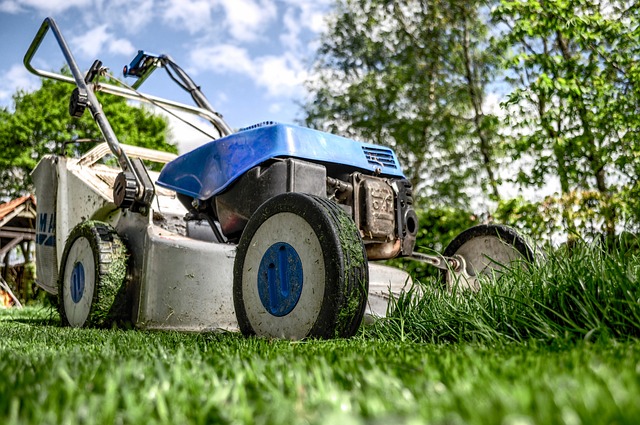Tree trimming is essential for maintaining tree health, enhancing landscape aesthetics, and promoting sustainable yard waste removal and recycling. Regular pruning prevents infections and improves air circulation. Shaping trees complements their natural growth. Composting organic materials like leaves and grass clippings reduces landfill waste and provides nutrient-rich soil amendments. For non-organic materials, dedicated recycling areas or municipal services can be utilized. Tree trimming offers an opportunity to embrace sustainability by enriching soil structure, promoting plant growth, and reducing the need for chemical fertilizers.
Tree trimming is an essential practice for maintaining a healthy and vibrant landscape, but it generates yard waste that requires proper removal and recycling. This article guides you through the art of tree maintenance, offering insights on understanding the timing and necessity of trimming, efficient debris management strategies, and innovative ways to recycle and reuse tree trimming debris, thereby reducing environmental impact and maximizing resources. Discover how to transform yard waste into valuable assets while enhancing your outdoor space.
- Understanding Tree Trimming: When and Why It's Necessary
- Effective Strategies for Yard Waste Removal and Minimizing Debris
- Recycling and Reusing: Transforming Tree Trimming Debris into Valuable Resources
Understanding Tree Trimming: When and Why It's Necessary

Tree trimming is an essential practice for maintaining healthy trees and a well-manicured landscape. It involves selectively removing parts of a tree, such as branches, leaves, or twigs, to improve its structure, form, and overall appearance. Understanding when and why this process is necessary is crucial for both tree health and efficient yard waste removal and recycling.
Regular trimming helps eliminate dead, diseased, or damaged branches, preventing the spread of infections and reducing the risk of structural failure. It also promotes better air circulation and sunlight penetration, fostering a healthier growing environment for the tree. Additionally, tree trimming can enhance the aesthetic appeal of your property by shaping the tree to complement its natural growth pattern or desired form. By scheduling trim sessions at optimal times throughout the year, you ensure minimal stress to the tree while effectively managing yard waste, as pruned branches can be recycled or composted, reducing overall environmental impact.
Effective Strategies for Yard Waste Removal and Minimizing Debris

Effective Strategies for Yard Waste Removal and Recycling
One effective strategy for yard waste removal is to compost organic materials, such as leaves, grass clippings, and food scraps. Composting not only reduces the amount of debris sent to landfills but also creates a nutrient-rich soil amendment that can be used to enhance garden and landscape health. Start a compost pile in your backyard or use a bin designed for indoor composting to turn yard waste into valuable resource.
Additionally, consider implementing a recycling program for non-organic materials like plastic, glass, and metal. Many municipalities offer curbside recycling services, but you can also set up a dedicated area in your yard for collecting and sorting recyclables. By minimizing debris through proper waste segregation and recycling, you contribute to a cleaner environment and reduce the strain on local landfills.
Recycling and Reusing: Transforming Tree Trimming Debris into Valuable Resources

Tree trimming is not just about aesthetics; it’s also an opportunity to embrace sustainability by recycling and reusing debris. Instead of viewing tree clippings, branches, and leaves as mere waste, consider their potential as valuable resources. Many materials from yard waste removal can be transformed into compost, which enriches soil structure, promotes plant growth, and reduces the need for chemical fertilizers.
Additionally, certain parts of trimmed trees, such as larger branches, can be repurposed in various creative ways. They can become decorative elements, outdoor furniture, or even fuel sources. By integrating recycling and reusing practices into your regular tree trimming routine, you not only contribute to environmental conservation but also add a unique, eco-friendly dimension to your yard maintenance efforts.
Tree trimming is not just about aesthetics; it’s a necessary practice for maintaining your property and ensuring the health of your trees. By understanding the optimal timing and techniques, you can effectively manage growth while minimizing debris. Implementing eco-friendly solutions like recycling and repurposing tree trimmings further reduces waste and contributes to a sustainable environment. Adopt these strategies for efficient yard waste removal and recycling to transform your landscaping efforts into a positive impact on both your garden and the planet.






